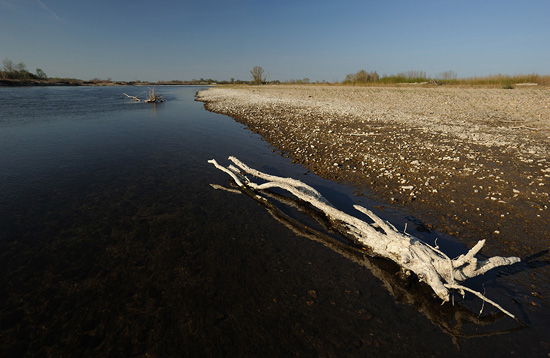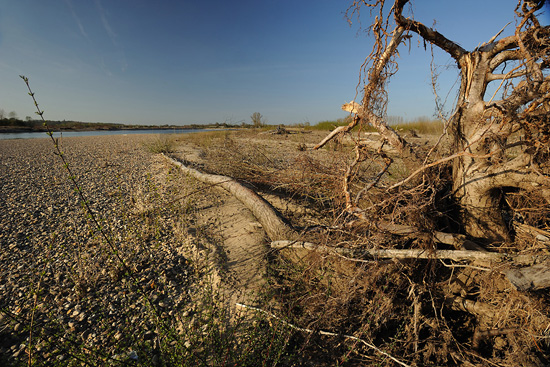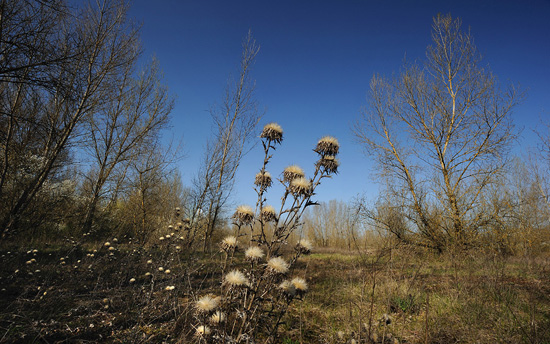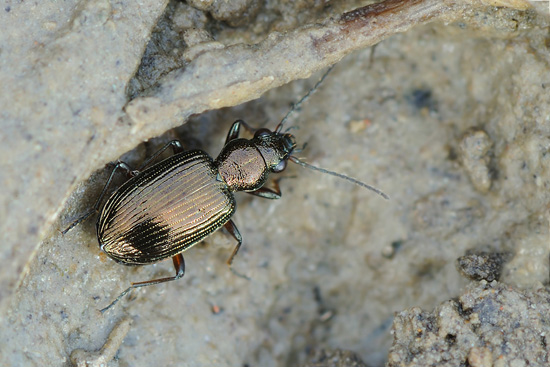I spent two days during the Eastern Holidays along the river Allier. I knew the landscape would be great, but what I saw was beyond expectation!


The river Allier is known as a reference river in Western Europe. The river has still a natural course between it's source and the place where it joins the Loire. It is still a natural dynamic ecosystem, with natural sandy and stony gravel river banks, seasonally flooded forests and grasslands. The course of the river changes anually, due to the high dynamic of the river. Big trees close to the river banks sometimes fall into the water and finally are washed ashore on the stony beaches. Some of the surroundings are semi-natural grazed landscapes.

Despite the fact that the most spectacular part of the river is located in the middle of an intensive agricultural landscape, once you are walking in the river valley and the floodplain, the landscape becomes really dramatic. On the large gravel shores, washed ashore dead trees are found scattered on the river banks. A walk across the river banks in the evening revealed several pairs of Stone Curlews and Little plovers on a stretch of not much more than 1 kilometer! Black Kites were omnipresent and an Ospey was hovering above the river. The river banks are locally overgrown with soft and hardwood forest and look a real West European jungle. It was only the start of the beetle season, but several good indicator species of dynamic river ecosystems were already numerous.


I definitely have to come back once, but preferably later in spring, when Black Storks, Bee-eaters and Little terns will be present and a lot more interesting ground beetle species can be found.
The pictures were taken in a nature reserve between Moulins and Vichy. Most of the pictures were made close to Chatel-de-Neuvre.
If you want to see more pictures, please take a look here.
